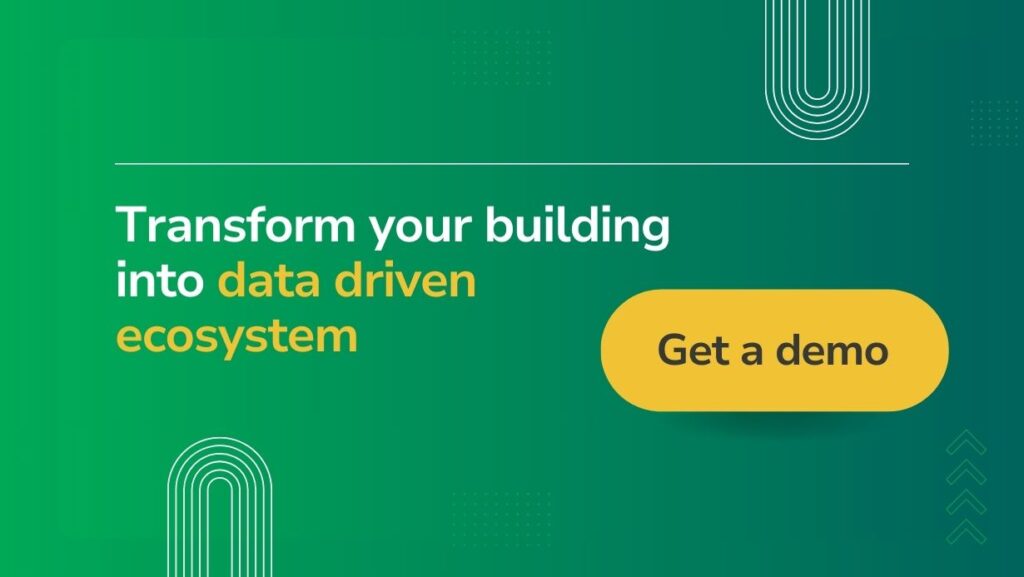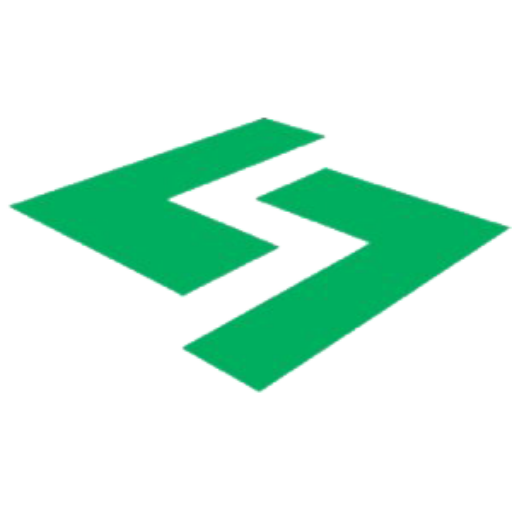In 2025, smart building platforms are vital to transforming how we manage efficiency, sustainability, and occupant comfort in our built environments. Smart building platforms incorporating the latest IoT and AI analytics have revolutionized building management from mundane tasks to insightful processes. By seamlessly integrating technology with physical spaces, they provide unparalleled control and understanding of building operations and human interaction within them.
This post will explore the top smart building platforms of the year, offering a comprehensive review of the leading solutions that are driving the transformation towards smarter, more eco-friendly, and user-centric buildings.
1- Sensgreen Smart Building Platform
Developer/Company: Sensgreen
Key Features:
-
- Extensive integration capabilities with existing building systems, IoT networks, and a wide array of devices, facilitating a seamless and comprehensive building management experience.
- User-friendly platform design that simplifies complex data analytics, making it accessible to users without an in-depth technical background.
- From small-scale deployments involving 10-20 sensors to large-scale implementations with thousands, Sensgreen offers unparalleled flexibility, making it accessible for buildings and facilities of any size.
- Features an intelligent reporting system that simplifies the creation of various reports on building and facility management performance, aiming for clear and effective communication with upper management.
Ideal Use Case: Sensgreen is designed for a diverse user base, including facility managers, sustainability managers, cleaning managers, and asset managers, across various sectors like commercial real estate, healthcare, education, and retail. Its versatility makes it ideal for any organization looking to enhance building efficiency, sustainability, and occupant well-being.
Unique Selling Point: Sensgreen differentiates itself with its unmatched ease of integration and user-friendly interface, enabling users to quickly leverage AI-driven insights for energy savings, operational efficiency, and sustainability goals. It stands out for its adaptability to different user needs and its capability to turn complex building data into actionable intelligence.
Dislikes:
-
- The platform’s full potential may require guidance for users entirely new to IoT technologies despite the low technical barrier to entry.
- Although designed to be user-friendly, the extensive data and features available on Sensgreen might require a learning phase for users to make the most of its advanced reporting functions.
2- Siemens Desigo CC
Developer/Company: Siemens
Key Features:
-
- Comprehensive integration capabilities with existing Siemens and third-party devices and systems.
- Customizable dashboards and user interfaces for real-time monitoring and control of building systems.
Ideal Use Case: Ideal for large-scale commercial buildings, campuses, and facilities looking for a scalable and flexible building management solution that can integrate a wide range of systems.
Unique Selling Point: Desigo CC stands out for its extensive interoperability and customization options, allowing for a highly tailored building management experience that can evolve with technological advancements and organizational needs.
Dislikes:
-
- The complexity of the system might require a steep learning curve for new users.
- Initial setup and customization can be resource-intensive, requiring skilled professionals to ensure optimal deployment.
- While offering robust integration capabilities with a wide variety of systems, Siemens Desigo CC may fall short in integrating newer IoT sensors and controllers. This limitation can hinder the platform’s ability to fully leverage cutting-edge IoT technologies for enhanced building management and operational efficiency.
3- Facilio
Developer/Company: Facilio Inc.
Key Features:
-
- Uses AI and IoT to provide real-time operational intelligence across building portfolios, enabling proactive management and decision-making.
- Offers predictive maintenance capabilities, leveraging machine learning to anticipate and address equipment failures before they occur.
Ideal Use Case: Best suited for property managers and real estate firms managing multiple buildings or facilities who need centralized control and insight into their operations to enhance efficiency and occupant experience.
Unique Selling Point: Facilio differentiates itself with its cloud-based, portfolio-wide approach to building management, offering a unified view of operations and maintenance across multiple sites, which is particularly beneficial for clients with extensive real estate assets.
Dislikes:
-
- Some users feel overwhelmed by the amount of data available and may need time to utilize the platform’s features fully.
- The platform’s interface, predominantly featuring a white background with minimal 3D graphics and transitions, may not meet the expectations of clients lacking technical knowledge who prefer a more visually engaging experience.
4- Infogrid
Developer/Company: Infogrid
Key Features:
-
- Automated facility management powered by AI, optimizing operations and reducing manual tasks.
- Comprehensive health and safety compliance monitoring, including air quality, temperature, and humidity sensors.
Ideal Use Case: Perfect for facility managers and building owners prioritizing health, safety, and sustainability across various building types, including offices, healthcare facilities, and educational institutions.
Unique Selling Point: Infogrid’s platform enhances occupant well-being and ensures regulatory compliance through its vast array of sensor integrations and AI-driven insights, promoting a healthier environment without the need for extensive manual monitoring.
Dislikes:
Infogrid focuses primarily on IoT-powered solutions, which might limit its appeal for environments that require deeper integration with existing building management systems via protocols like BACnet, KNX, and Modbus. This focus could create challenges for buildings looking to leverage a broader range of existing infrastructure alongside new IoT technologies.
5- Honeywell Forge
Developer/Company: Honeywell
Key Features:
-
- Advanced predictive maintenance using AI to forecast and prevent equipment failures.
- Real-time energy optimization that dynamically adjusts energy consumption for cost savings and sustainability.
Ideal Use Case: Suited for large enterprises and industrial clients who need robust, scalable solutions for optimizing building operations, energy management, and maintenance across their global portfolio.
Unique Selling Point: Honeywell Forge is renowned for its industrial strength and reliability, offering extensive analytics, security, and operational capabilities that can significantly reduce operating costs and improve efficiency on a large scale.
Dislikes:
-
- The platform’s comprehensive features and scale might be more than is necessary for smaller operations, potentially leading to underutilization.
- The cost and complexity of integrating and customizing the platform for specific business needs can be a barrier for some businesses.
Buyer’s Guide: Choosing the Right Smart Building Platform
Choosing the ideal smart building platform is crucial for enhancing operational efficiency, sustainability, and occupant comfort in your facilities. As you weigh your options, consider the following key factors to guide your decision:
-
- Ease of Integration: Choose the platforms that integrate with your existing building systems and IoT devices. This ensures a smooth transition and maximizes the use of current investments.
-
- Scalability: The platform should be able to grow with your needs, accommodating everything from a few sensors to thousands, making it suitable for buildings and facilities of any size.
-
- User-Friendly Interface: A straightforward, accessible interface is essential. It should make complex data analytics understandable and actionable for users across all technical skill levels.
-
- Actionable Insights: Look for platforms that provide clear, actionable insights to drive your building’s efficiency and sustainability efforts forward.
-
- Future-Proofing: Consider platforms that demonstrate a commitment to innovation, ensuring that your choice remains relevant as smart building technologies evolve.
-
- Flexible and Quick Support: Look for platforms backed by responsive, flexible support teams ready to assist without complicated business procedures, ensuring quick resolutions to any issues.
-
- Clear Documentation for Commissioning: The availability of straightforward, comprehensive documentation simplifies the system’s commissioning process, making it easier to understand and implement.
The details of each platform discussed in this post provide a good starting point, but the guidance offered emphasizes the importance of a comprehensive solution that can meet a wide range of needs. The optimal choice is a platform that addresses current requirements and demonstrates preparedness to adapt to coming technological advancements.



